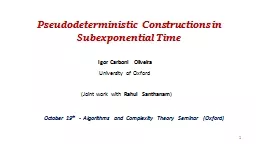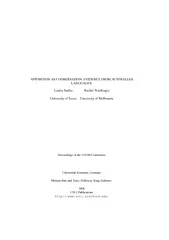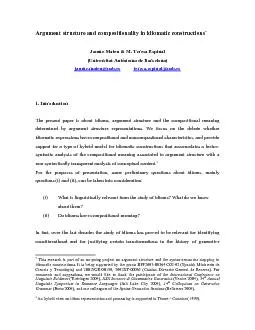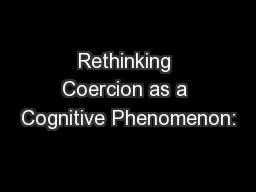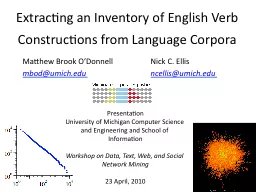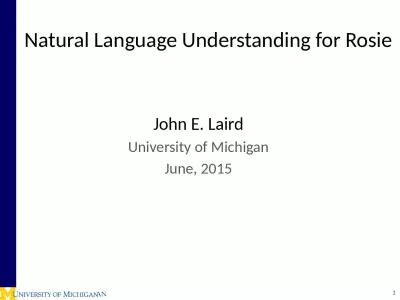PPT-Pseudodeterministic Constructions in Subexponential Time
Author : bikershomemaker | Published Date : 2020-06-22
Igor Carboni Oliveira Joint work with Rahul Santhanam University of Oxford October 19 th Algorithms and Complexity Theory Seminar Oxford 1 Plan of the Talk Part
Presentation Embed Code
Download Presentation
Download Presentation The PPT/PDF document "Pseudodeterministic Constructions in Su..." is the property of its rightful owner. Permission is granted to download and print the materials on this website for personal, non-commercial use only, and to display it on your personal computer provided you do not modify the materials and that you retain all copyright notices contained in the materials. By downloading content from our website, you accept the terms of this agreement.
Pseudodeterministic Constructions in Subexponential Time: Transcript
Download Rules Of Document
"Pseudodeterministic Constructions in Subexponential Time"The content belongs to its owner. You may download and print it for personal use, without modification, and keep all copyright notices. By downloading, you agree to these terms.
Related Documents

